Podcast: Play in new window | Download (Duration: 41:58 — 60.1MB)
Dr Jane Lelean will teach us how to implement ‘Hypnodontics’ techniques so that we can calm our patients, create a positive environment and even reduce post-operative clinical complications!
“Hypnodontics isn’t just for patients, many dentists are using it to reduce their stress levels and their anxieties too” – Dr Jane Lelean
In this episode, we discuss:
- Is there an official qualification before practicing hypnodontics? 8:24
- Two general types of hypnotherapy 9:13
- Evidence-Base of hypnodontics in Dentistry 11:57
- How can we incorporate hypnodontics in our practice 15:45
- Reducing post operative complications and pain with hypnodontics 26:43
- Changing the post operative instructions 30:02
- Help from Hypnotherapist regarding Bruxism 36:28
Check out The Institute of Dental Business to learn more about Hypnodontics and Hypnotherapy with Jane Lelean.
If you loved this episode, please do check out What Every Dentist Should Know About Managing Dental Anxiety with Dr. Mike Gow


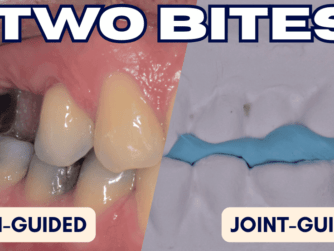
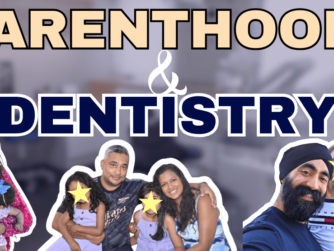
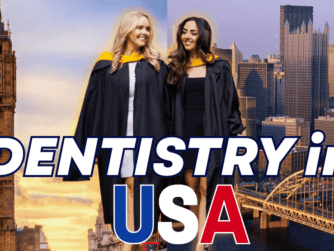
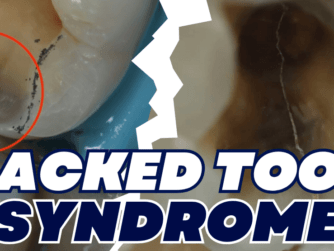
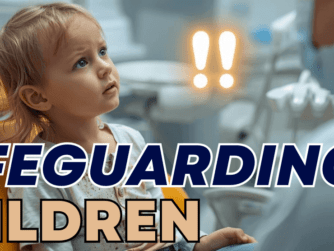

[…] If you loved this episode, please do check out Hypnotize Your Patients with 3 Quick Techniques with Dr Jane Lelean […]